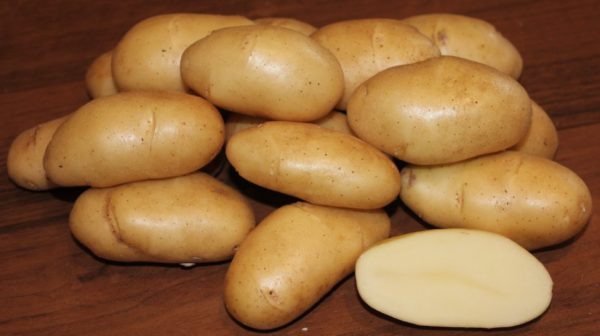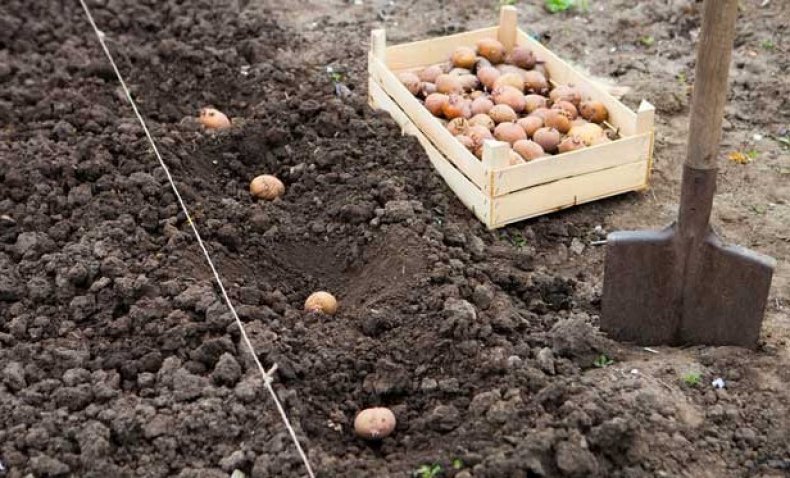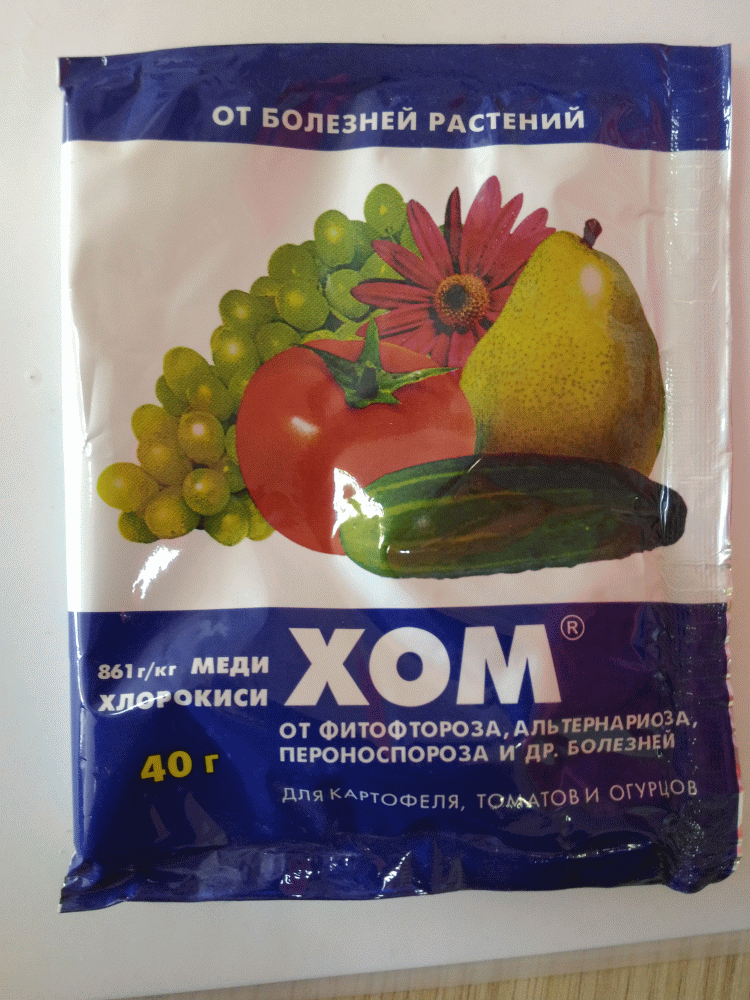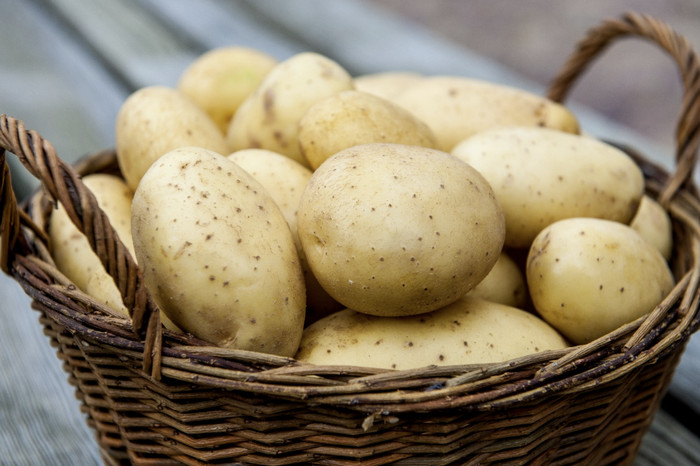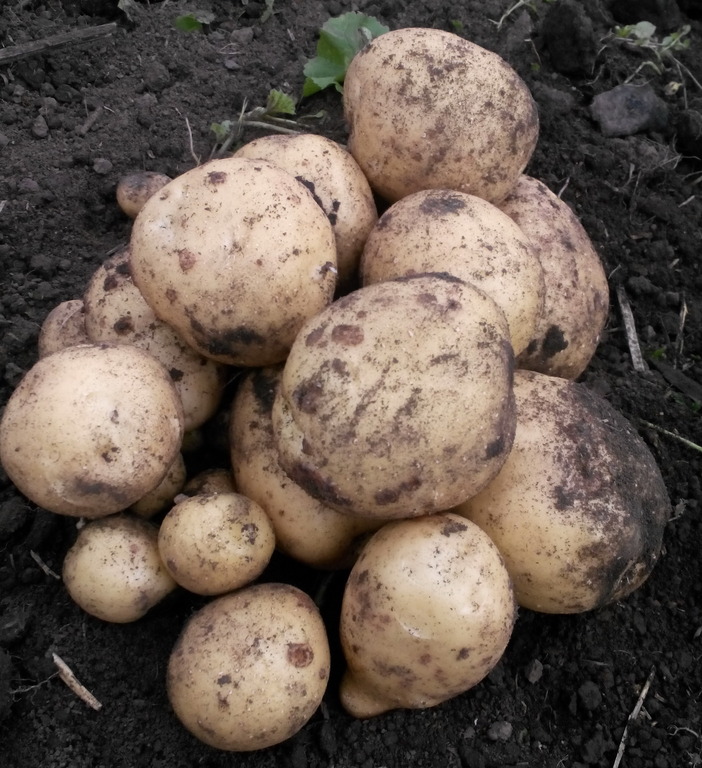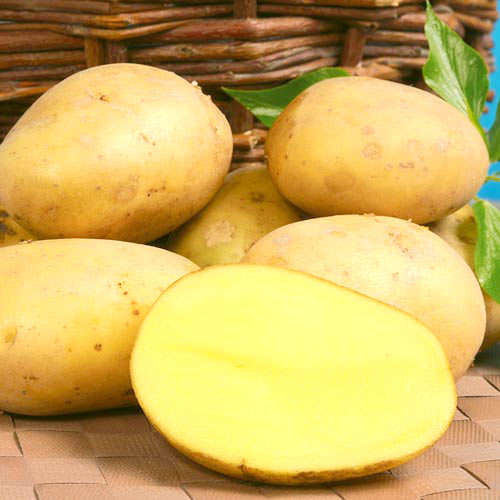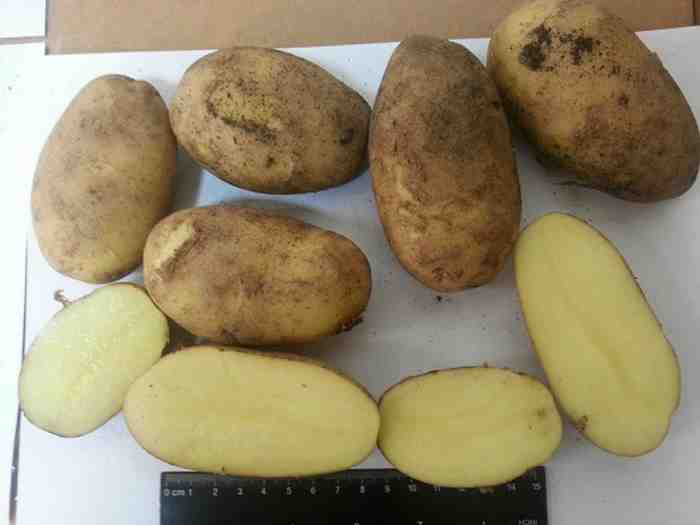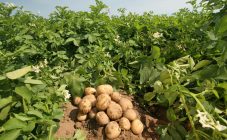Content:
It is difficult to imagine the diet of a modern person without traditional potato dishes. Appetizing tubers are included in the everyday menu, and a festive feast is not complete without them. Especially if the product harmoniously combines taste, usefulness and pleasant aroma. All these advantages are fully possessed by the Golubizna potato grown by the breeders of the Russian N. Lorkha in the early 90s of the last century.
Features of the variety
Dove potatoes (as this variety is also called) refers to the mid-season - 3 months should pass from the moment of planting to harvest. The fruits have a lot of advantages, each characteristic is a reason to start breeding a variety in your country house.
Description of the variety
| Characteristic | Description |
|---|---|
| Bush | Medium height, with voluminous, but not spreading tops. Small leaves retain the saturation of a dark green hue for a long time. Gives white flowers with a slight bluish bloom |
| Fruit | They are distinguished by a blunt tip and a characteristic mesh on a thin peel. The color of the flesh is white, the skin is yellow. On the bush, from 9 to 11 tubers are formed with an average weight of 110 g. A good indicator of starchiness is about 19%. It gives few eyes, and they are small |
| Consumer feature | The tubers have high tasting characteristics. Under the influence of high temperatures, the pulp does not darken. Friability makes tubers versatile in use |
| Yield | It is possible to take up to 500 centners from one hectare of plantation with proper agricultural technology |
| Immunity | The variety has a relative resistance to scab and rhizoctonia, medium - to late blight and zero - to nematode |
| Keeping quality | Makes up about 90-95%, which allows you to grow potatoes for winter storage |
Description of the potato Blueness, given in the table, shows that with a high taste and excellent yield, the product has low immunity. This limits its use on an industrial scale, but Golubizna is popular in the dacha industry.
Growing rules
Seed potatoes Blueness can be safely planted in soil heated to 7 degrees Celsius. Usually this time falls on the end of April - the first week of May. In view of the mid-ripeness, you should not delay planting - due to climatic conditions in some regions, the crop may simply not ripen.
Growing conditions
The variety is unpretentious to the soil, but the planting depth directly depends on the composition of the soil and climatic features:
- on heavy and waterlogged lands - from 4 to 6 cm;
- on the lungs, as well as in hot climates - up to 12 cm.
These parameters indicate not the height of the hole, but the distance from the top of the tuber laid in the hole to the ground surface.
The dove is recommended to be planted in two ways:
- In humid regions and sandy soil, it is better to use ridges. They will protect the planting from being washed out when the site is flooded. When all the tubers are planted, the plantation is leveled with a rake;
- In dry climates, it is better to use the ridge method. This will allow less moisture to evaporate and allow air to circulate better in the soil.
In both cases, it is recommended to pre-lay out the area, defining rows and forming holes. The optimal distance between rows is 70-90 cm, between tubers - 30-35 cm.
Before lowering the seed potatoes into the holes, prepare a nutritious "pillow" consisting of 2 handfuls of rotted manure or compost, wood ash, 1 tbsp.dry bird droppings (for 1 hole). On top of the fertilizer, sprinkle with earth in a layer of 2-3 cm. Then you can lay out the tubers with their top up.
Since the varietal tuber gives a small number of eyes, it is not recommended to take small fruits for planting - it is better to use medium potatoes. If you managed to buy large tubers for planting, it is better to cut them lengthwise into 2 halves with the same number of eyes. Although under certain conditions this type of culture can be planted without prior germination, then it is better not to cut the potatoes.
Care
The Dove potato variety does not require sophisticated care methods - all actions are standard for this crop:
- hilling is carried out as the tops grow;
- when weeds appear, the beds are weeded;
- watering is used as needed - only in the dry season.
It is recommended to pay special attention to top dressing - varietal material is quite responsive to fertilizers. For each stage of development of the bushes, their components are selected.
Fertilizers used
| Name | Development phase | How to apply |
|---|---|---|
| Root dressing | ||
| Organic | ||
| Mullein | Before hilling and after loosening the soil, followed by watering the bushes | Take 1 liter of fresh raw materials in a bucket of water and ferment it. Introduced into the aisles |
| Urea | For 10 liters of water - 1 tbsp. Pour 0.5 l under each bush | |
| Bird droppings | Dilute dry or fresh with water in a ratio of 1:10. Watering the row grooves | |
| Infusion of herbs | In the first month of summer, when the tops need nitrogen | Weeds collected from the site are fermented by flooding with water. Then diluted to a concentration of weak tea and watered wells around the perimeter |
| Mineral water | ||
| Ammonium nitrate | Before hilling and after loosening the soil, followed by watering the bushes | For a bucket of water - 20 g of the preparation |
| Combined | The nitrogen-phosphorus-potassium mixture is aged in a 1: 1: 2 ratio. For 10 liters of water you need 25 g of composition | |
| Foliar top dressing | ||
| Organic | ||
| Nettle infusion | Several times with an interval of 10 days during the growing phase of green mass tops | After filling the grass with water, insist for several days until it begins to ferment. Then diluted to a concentration of weak tea and irrigate the bushes |
| Chemicals | ||
| Humate + 7 | At the stage of the 4th leaflet with a repeat after 2 weeks | Dilute 2 g of the preparation in a bucket of water. Apply 3 liters of solution for 1 hundred square meters |
| Urea | · First entry - 10-14 days after germination; | · Prepare a mixture of 200 g of carbamide, 300 g of potassium monophosphate, 10 g of boric acid; |
| Subsequent treatments - with an interval of 15 days until the flowering of the tops | · The first spraying is carried out with a half-diluted solution. In subsequent irrigations, use the indicated concentration; | |
| If desired, you can include in the mixture 1 g each boron, cobalt, manganese, copper, zinc (on poorly fertile soils) | ||
| Superphosphate | In the last stage of flowering (about a month before harvest) | For 10 liters of water, take 100 g of the drug to spray a potato plot with an area of 10 square meters. m |
All feeding is recommended to be carried out in the evening, when the activity of the sun subsides. This is especially true for foliar irrigation - this way you can avoid burns on the tops.
Disease protection
Under good conditions, the Golubka variety is resistant to disease, but in the rainy season there is a risk of late blight. Having noticed signs of the disease, the plantations should immediately be treated with Bordeaux 1% liquid. You can also dilute 150 g of lime and 100 g of copper sulfate in a bucket of water. Copper oxychloride "Hom" copes well with the disease. Processing is carried out several times, finishing 3 weeks before harvesting.
On calcareous soils, the tops are affected by chlorosis. Noticing that the leaves began to wrinkle and become covered with a dark brown bloom, the beds are treated with a solution of manganese sulfate (7 g per 10 liters of water).
Potato Blueness is poorly resistant to pests. Therefore, enough energy will have to be devoted to the fight against insects.
Potato pests
| Insect | Recommended remedies and measures |
|---|---|
| Colorado beetle | For spraying plants, take one of the indicated means (for 10 liters of water): |
| · 1 ml "Commander"; | |
| · 10 g. "Iskra DE"; | |
| · 6 g. "Dilora" | |
| Bushes must be processed three times per season | |
| Medvedka | "Medvedoks" granules are scattered between the rows |
| Wireworm | Chemicals cannot take it - they are usually caught by hand when digging earth. Get rid of weeds (especially wheatgrass) on the site |
Compliance with the conditions of agricultural technology will minimize the risks of disease and pest infestation.
Advantages and disadvantages of the variety
There are no ideal varieties, so Blue has its positive and negative qualities. They should be taken into account before planting seed in your area.
Variety advantages:
- attracts quality to resist drought without losing its flavor characteristics;
- good adaptability to soils with a close occurrence of groundwater;
- the variety tolerates spring frosts well;
- tubers can be stored for a long time at a temperature of 2-4 degrees Celsius;
- can be planted without eyes, as well as cut large fruits without harming the crop;
- the versatility of food features allows the tubers to be used not only in various dishes - chips and starch are made from the fruits.
Blue is also appreciated for the high content of amino acids necessary for the health of the human body.
Of the shortcomings, one essential property should be highlighted - the relative immunity to diseases, which depends on weather conditions. But with a lot of effort, diseases can be avoided. The same applies to pests who rated the tasting qualities of potatoes.
